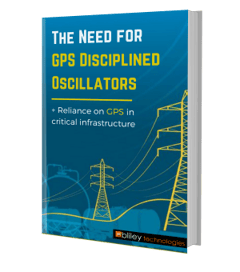Whether it’s a fancy new gaming PC, an HDTV, or a 5G phone, all of them make use of printed circuit boards (PCBs). A technological innovation dating back to the 1940s, the circuit board is part of what makes all modern electronics possible, and radio frequency (RF) products are no exception.
Following best practices when designing a PCB is one the first steps to building an RF system that performs well. This article will offer some basic tips for good RF circuit board design and common mistakes that engineers should avoid.















